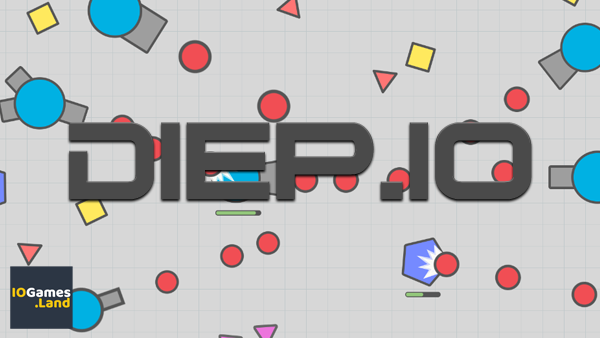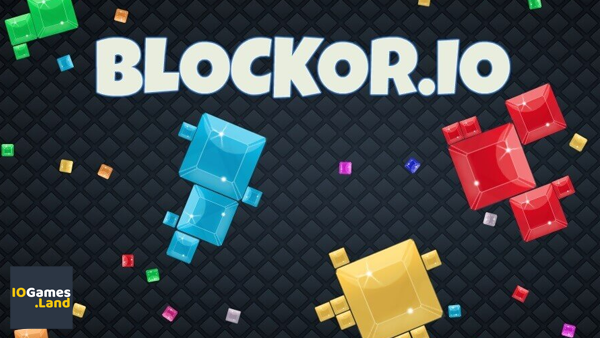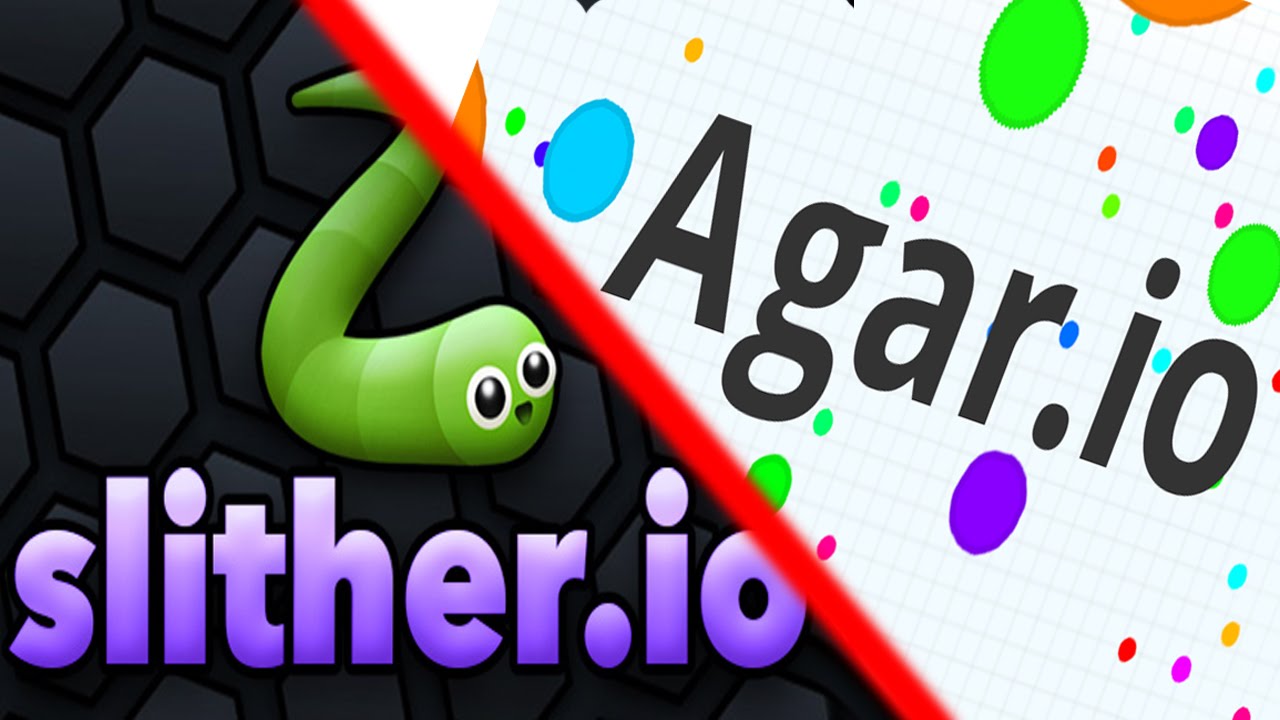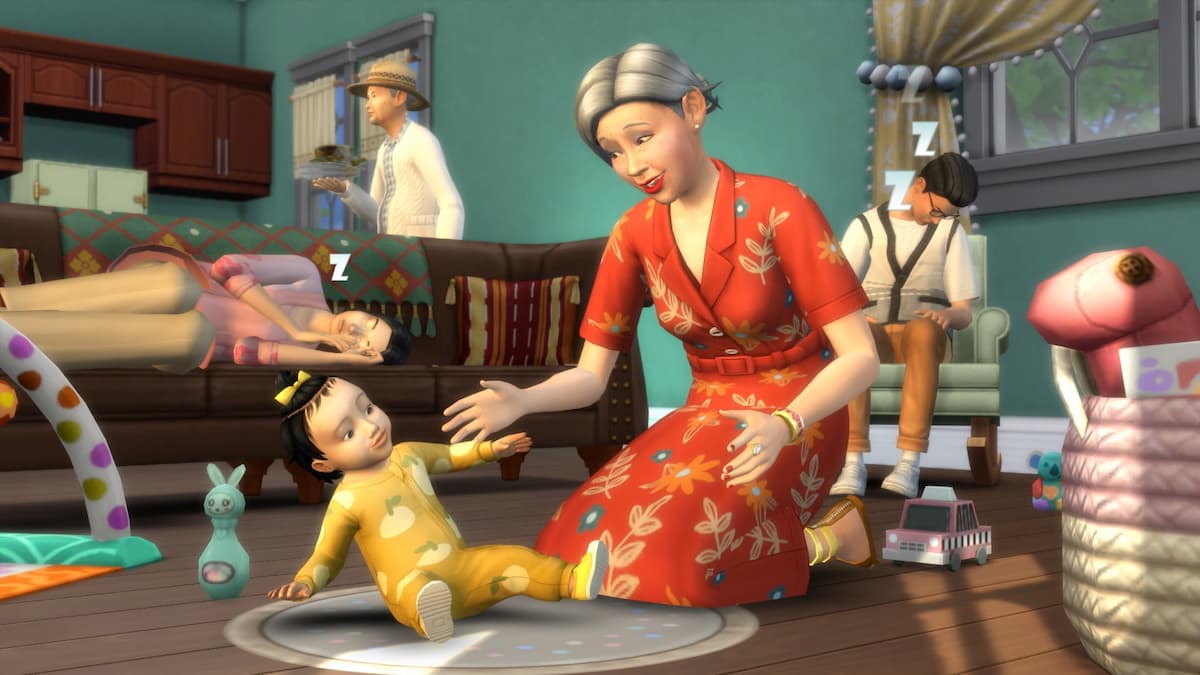In the event that you have been living under a virtual rock for the past two years, you would have missed the birthing and evolution of a completely new gaming genre: .io games.
But before we dive into what makes this new genre so universally loved, let us take a look at its origins.
Where Did .io Games Come From?
By now, you will probably have seen some news about Agar.io and or Slither.io. They are the most infamous games in the budding genre.
You have also probably heard about Agar.io‘s seemingly explosive rise to popularity, from the darkest, obscure corners of the internet. And there is a good reason that its growth is newsworthy.
Nowadays, the mobile gaming market is saturated and any new game seems to be lost to the murky depths of the ubiquitous app store. Unless of course, the publishing company has a monstrously huge PR budget and is willing to throw endless bundles of cash at Youtubers and on ads. The same seems to apply to the browser-based gaming industry. However, against all odds Agar.io took the whole gaming industry by storm. There was no big PR budget and no promotional stunts.
A nineteen-year-old student by the name of Matheus Valadares simply posted a link to his game on the site 4chan in 2015. The user base exploded and soon Agar.io was all over the internet.
The success of Agar.io naturally caught the attention of other game developers. Most notably Steve Howse, creator of Slither.io. A game that closely followed and dominated the gaming industry. It was even reported that Slither.io was making $100,000 per day. Naturally, the gaming industry could not ignore this new gaming evolution.
What Makes Agar.io and Slither.io So Popular?
Matheus Valadares’ game is simple. You are a cell. Your mission is to eat smaller cells and food, with the goal of growing bigger and avoiding larger cells that might eat you. Sounds like a simple game, right? It is. And the graphics are equally as simple. So if the game is so simple why did it become so popular?
Agar.io’s, key to success was its simplicity and resulting accessibility. It is a game that you can pick up and play instantly. There is no need to download anything and there are no complicated tutorials. If you have a few minutes to spare, you can jump into the game and start eating other players and dominating the virtual world. This really appealed to the modern gaming community and the user count grew to millions in a very short period of time.
Slither.io mirrors the same simplicity that propelled Agar.io into the limelight. But has two additional tricks up its sleeve. First, it has more visually appealing graphics. Second, Slither.io has a feeling of nostalgia, with game mechanics and visuals that echo those heady days of the classic arcade game, snake.
The nostalgic feeling of Slither.io and simple gameplay, coupled with the beautiful graphics, resulted in the game quickly dwarfing Agar.io and becoming the most downloaded mobile app. A position held for many months.
What About Other IO Games?
Since Agar.io and Slither.io, there have been a plethora of new .io games. Not all of them have been a huge success. So let us examine a few games and see what makes them work or why they failed.
Diep.io

This game was a big success and is still considered one of the more popular .io games, or “Big 5” game, as some people are calling them.
Diep.io, in essence, is very basic. You are a tank and your goal is to shoot other tanks and objects, with the objective of collecting experience points to spend on upgrades. A notion that most gamers are familiar with and requires very little in the way of in-game experience to understand.
The game graphics are no more complicated than geometric shapes. Making it seem like child’s play.
Combining all these features created a game that is very easy to pick up and play, easy to look at and once you become addicted to the game (and you will), you find the game can be different every time, by virtue of the upgrades you buy.
Pirca.io

Sadly this game really did not make it off the starting blocks.
If seems to follow the rules of simplicity with its graphics and general gameplay. But after playing the game for a few minutes, you start to become frustrated with the difficulty of shooting other players and bots.
Mope.io
Relatively new to the .io game scene, Mope.io started off slowly but has recently exploded.
Mope.io is a virtual ecosystem with a fully functioning food chain, comprised of players controlling the various animals, trying to eat food that spawns, and other animals. This is a genius idea for a game, as we have all been taught about the food chain as children and so we start playing with a basic understanding. However, when Mope.io was first released, the graphics didn’t clearly represent the animals, and this created confusion among some players.
Later on, the graphics were tweaked and now the rabbit looks like a rabbit. This small change resulted in the game going viral and today commands a user base of over 5 million players a month and a very active community.
Blockor.io

Blockor.io, follows the same game mechanics as Agar.io. Your goal is to grow bigger by collecting various objects or food, in a bid to become bigger than your opponents, allowing you to kill them.
The graphics and gameplay are both simple and everything seems to add up, but somehow Blockor.io never went truly viral.
Plagued by lag and the missing X factor, the game saw a brief spell of popularity before sinking into obscurity.
Putting It All Together
Building any game is difficult, but creating a game that goes viral can be a near-impossible task. Right now, the .io game genre is commanding a massive audience and game developers are trying to get a piece of that and it seems simplicity is the key.
Agar.io pioneered the genre with basic gameplay and graphics, closely followed by Slither.io. A game that sets the industry standard, by combining easy, intuitive gameplay, with a touch of nostalgia and beautiful graphics.
More recent games like Mope.io, continued to build on these foundations and have seen great success.
In short, if you want to create a viral .io game, keep everything simple, recognizable, visually appealing, intuitive, and if you can add some nostalgia into that mix, then you will probably succeed. And do not forget to make sure everything runs smoothly and without lag.
—
Sources and Credit
You can find a more detailed history of Agar.io and Slither.io here, more details on the other listed games, as well as more about Steve House:










Published: Feb 17, 2017 08:33 am